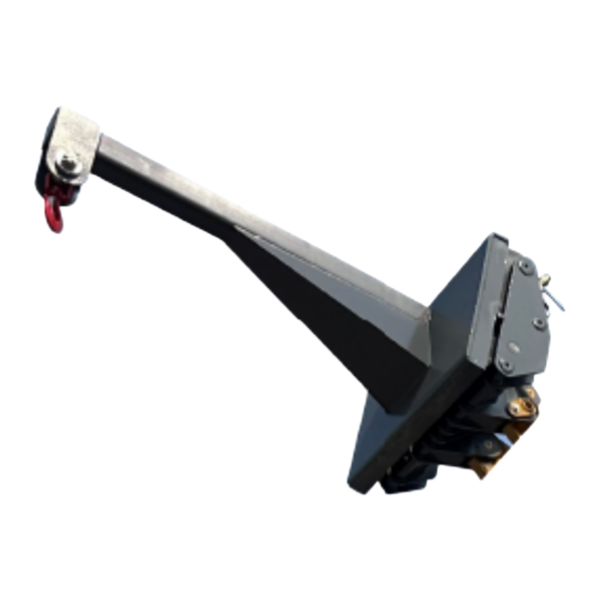Product Information
Core Definition: What is a Hook?
A hook, also known as a hook in Chinese, is a curved metal device, typically with a pointed tip and a safety catch, designed for hanging, grabbing, connecting, and lifting loads. It carries weight by mating with a rope, chain, sling, or other connector.
Key Features and Safety Considerations
Working Load Limit (WLL):
This is the most important parameter of a hook. It clearly indicates the maximum weight the hook can safely support under specific conditions (usually straight pull).
Overloading is strictly prohibited! Ensure that the WLL of all connecting components (hook, chain, sling) is greater than the total weight of the load.
Material and Construction:
Usually forged from high-strength alloy steel, it has good toughness and can deform under heavy loads without breaking suddenly.
The surface is treated (such as galvanized or painted) to prevent corrosion.
Safety Latch:
The safety latch is not designed to bear weight; its sole function is to prevent accidental unhooking.
During use, ensure the hook can close and lock freely. Damaged or inoperative hooks must be replaced immediately.
Inspection and Rejection:
Wear: Particularly wear and tear on the hook tip and load-bearing areas.
Deformation: Any signs of bending, twisting, or stretching.
Cracks: Inspect for surface cracks using methods such as magnetic particle inspection.
Lock Function: Check whether the spring is effective and whether the hook closes properly.
Daily inspections are crucial. Inspections include:
If the hook opening is 15% larger than its original size or twisted more than 10°, it must be immediately scrapped and replaced. Repairs or straightening are strictly prohibited.
How to Choose the Right Hook?
Application: What are you lifting? General cargo, steel plates, or do you need a safety hook? This determines the type of hook (standard hook, plate hook, or safety hook).
Connection: What connection method do you require? Clevis, eyelet, or grab?
Load Limit (WLL): This is a crucial factor in your selection. You must be aware of the total weight of the load and select a hook with a WLL greater than that. A safety factor is usually also considered (typically 4:1 or 5:1, but this is already factored into the WLL).
Environmental considerations: Is corrosion protection required (e.g., galvanizing for port or offshore use)? Is a swivel feature required to prevent rigging kinking?
Standards compliance: Ensure the hook complies with relevant safety standards and certifications (e.g., ASME B30.10, DIN, EN, etc.).


